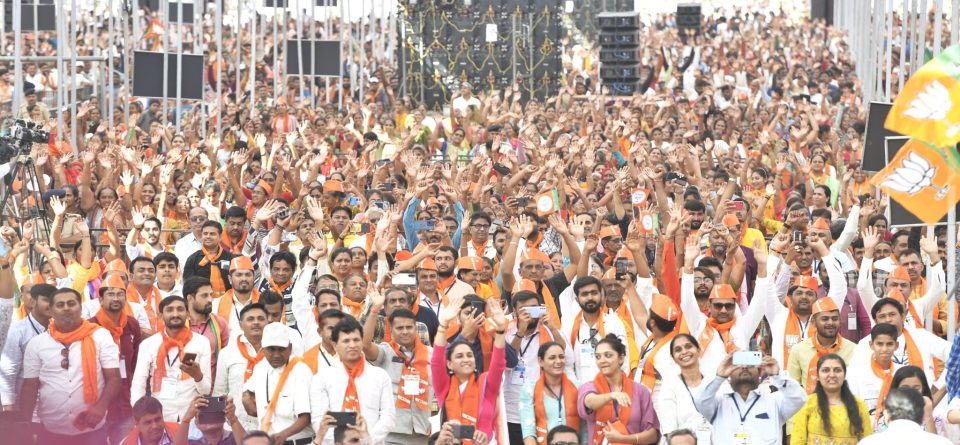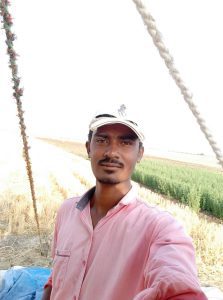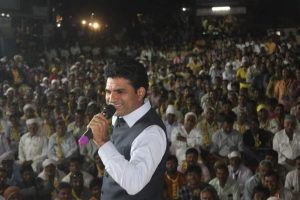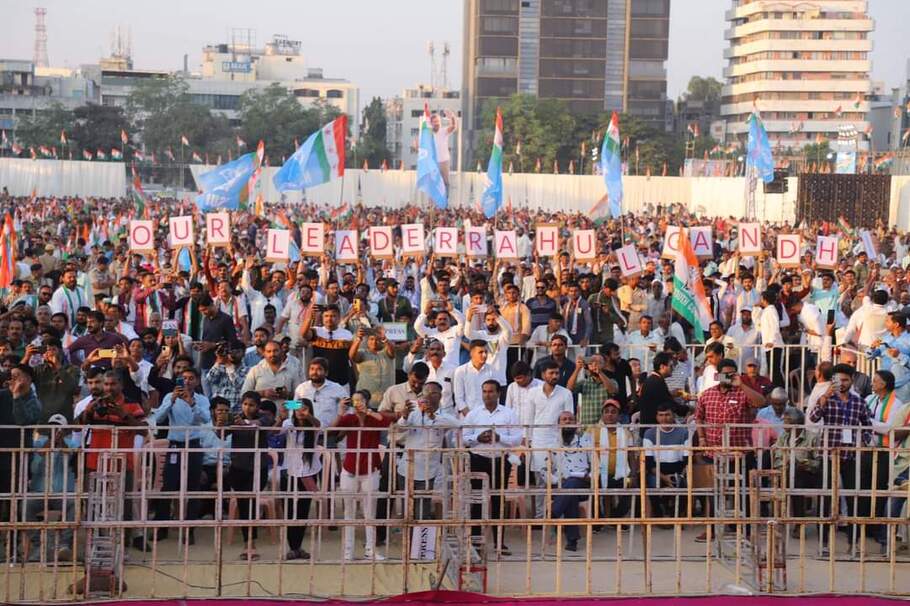
Gujarat polls: BJP looks to recover from 2017 drubbing in Saurashtra
The ruling party has been wooing its traditional vote bank of Patidars since the last assembly polls, when a section turned against it; the AAP, like the Congress, is on the region’s agrarian distress to yield votes

With less than three days to go for Gujarat Assembly polls, the BJP is going all out to regain seats in the Saurashtra region, where it suffered its worst ever performance in 2017. Last week, Prime Minister Narendra Modi, the party’s star campaigner, held meetings throughout the region.
Saurashtra, which comprises the 11 districts of Surendranagar, Rajkot, Morbi, Jamnagar, Junagadh, Porbandar, Dwarka, Gir Somnath, Bhavnagar, Amreli, and Botad, accounts for 48 of the total 281 Assembly seats. In 2017, the BJP won just 18 of the 48 seats while the Congress bagged 30 seats. The ruling party failed to win any seat in Morbi, Amreli, and Gir Somnath.
Price rise a huge issue
The Congress’s performance in 2017 was primarily because of the after-effects of the Patidar agitation and agrarian crisis — issues that impacted the two communities of OBCs and Patels (Patidar), who form the largest electoral population of the region.
Ground report: Why BJP stays insulated from Morbi tragedy aftermath
“Price hike is a huge issue here. An LPG cylinder costs ₹1,060. The costs of groundnut oil and other food items have also shot up,” Wijay Dabhi, a farmer in Patna Bhal village in Bhavnagar district, told The Federal. “Due to the diesel price hike, most farmers could not afford to till their entire land. I could till and sow only a portion of my land this season. Small- and medium-scale farmers are struggling to run their households. No party talks about the price hike. Whom should we vote for?”

“This year, adequate rain has been a saviour. Even a section of Maldharis (a pastoral community considered OBC), who migrate each year in search of jobs, have stayed back to cultivate their land. But that didn’t help, as whatever crop we managed to sow despite the diesel price hike was affected by duplicate crop fertilisers. It has become a major issue this season, due to which the produce of farmers was reduced by almost half,” added Dabhi, who is disgruntled with the ruling party.
AAP counting on disgruntled farmers
Noticeably, AAP, the new entrant this season, is banking on the agrarian distress of the region to yield votes, just like the Congress.
“AAP is primarily counting on the votes of disgruntled farmers of Saurashtra region. Most farmers are unhappy after the crop insurance policy was dropped in the financial year of 2019–20. The input costs, including fertiliser, diesel, etc., have increased, but the prices of crops have remained stagnant,” Sagar Rabari, a farmers’ rights activist who joined AAP this year, told The Federal.
Also read: ‘AAP will win Gujarat assembly polls,’ Arvind Kejriwal gives in writing
“The situation has prompted many farmers to opt for soyabean instead of groundnut, the primary crop of the region. Three districts are worst affected by this — Amreli, Bhavnagar, and Dwarka,” added Rabari.

Caste politics
Five years since 2017, the after-effects of the quota movement have fizzled out, with most leaders of the movement joining the ruling party, including Hardik Patel, who led the agitation. Congress’s experiment to rope in Patidar votes by bringing Hardik Patel and OBC vote by bringing in Alpesh Thakor was foiled when both joined the BJP. Thakor, a popular OBC leader, also rose to prominence ahead of the 2017 Assembly polls due to the anti-liquor protests that he led that year.
The Patels, the BJP’s primary vote bank, are divided into two main subcastes — Kadva and Leuva. The districts in North Gujarat — Mehsana, Patan, and Banaskantha — are dominated by Kadva Patels, who also form the majority in the state, followed by the Leuva Patels. And then there are two smaller sub-castes — Chaudharys and Anjanas.

Together, the Patidar community forms about 14 to 15 per cent of the state’s electorate. The community has been a traditional support base of the BJP since 1984-85. Before that, the Congress had a stronghold over north Gujarat and other areas dominated by Patels until the regime of Chief Minister Madhavsinh Solanki. Solanki, who remained the chief minister of Gujarat for four terms, came to power in 1980 with his support base and theory of KHAM — Kshatriya, Harijan, Adivasi, and Muslim vote banks accumulated under one umbrella.
This led other communities to lose political significance, one of them being the Patidars. As a backlash, the period witnessed two major anti-reservation movements, one between 1976 and 1980 and the second in 1985. This helped the BJP cut into the community and unite them as a vote bank, with other upper castes under one umbrella.
Also read: After a lesson was taught in 2002, there’s been permanent peace in Gujarat: Amit Shah
In 2017, the BJP lost a considerable support base among the Kadva Patels due to the Patidar agitation. Adding to that, an acute agrarian crisis affecting Saurashtra impacted Leuva Patels and other agrarian and pastoral OBC communities of the region. As a result, the BJP was reduced to 99 seats in the Assembly, its lowest in Gujarat ever.
BJP’s damage control
The party started consolidating its traditional vote bank after its performance in the last assembly elections. Ahead of the Lok Sabha elections in 2019, the BJP government in Gujarat saw an expansion, in which six Patel leaders joined ministries. Earlier this year, Vijay Rupani, a leader from Rajkot belonging to the Jain community, was replaced by Bhupendra Patel, a Patidar, along with new Patel faces in the Cabinet. Following that, seven Patidar leaders from Gujarat were inducted into the central Cabinet after an expansion.
Noticeably, of the 20 MLAs who defected to the BJP over five years since 2017, 10 were from assembly constituencies in Saurashtra region. Most of these turncoat MLAs who won the bypolls were fielded by the BJP. In all, the BJP has fielded 45 Patidars, Congress has fielded 42, and AAP, a new entrant in the state polls, has fielded 46 Patidars across the state.
Also read: More crorepatis in Gujarat polls this year; richest is BJP candidate: ADR report
“We have been aggressively campaigning in the Saurashtra region. Although we don’t fit into the caste polemics, our chief ministerial candidate Isudan Gadhvi, who is contesting from Khambaliya, Dwarka, has been well received by farmers so far. We are hoping to make a dent in the BJP’s urban vote bank, especially among government officials, the youth, and small-scale farmers, the communities who hesitate to vote for the Congress even when disgruntled,” added Rabari, who is contesting from Becharji seat in Mehsana district, North Gujarat.


